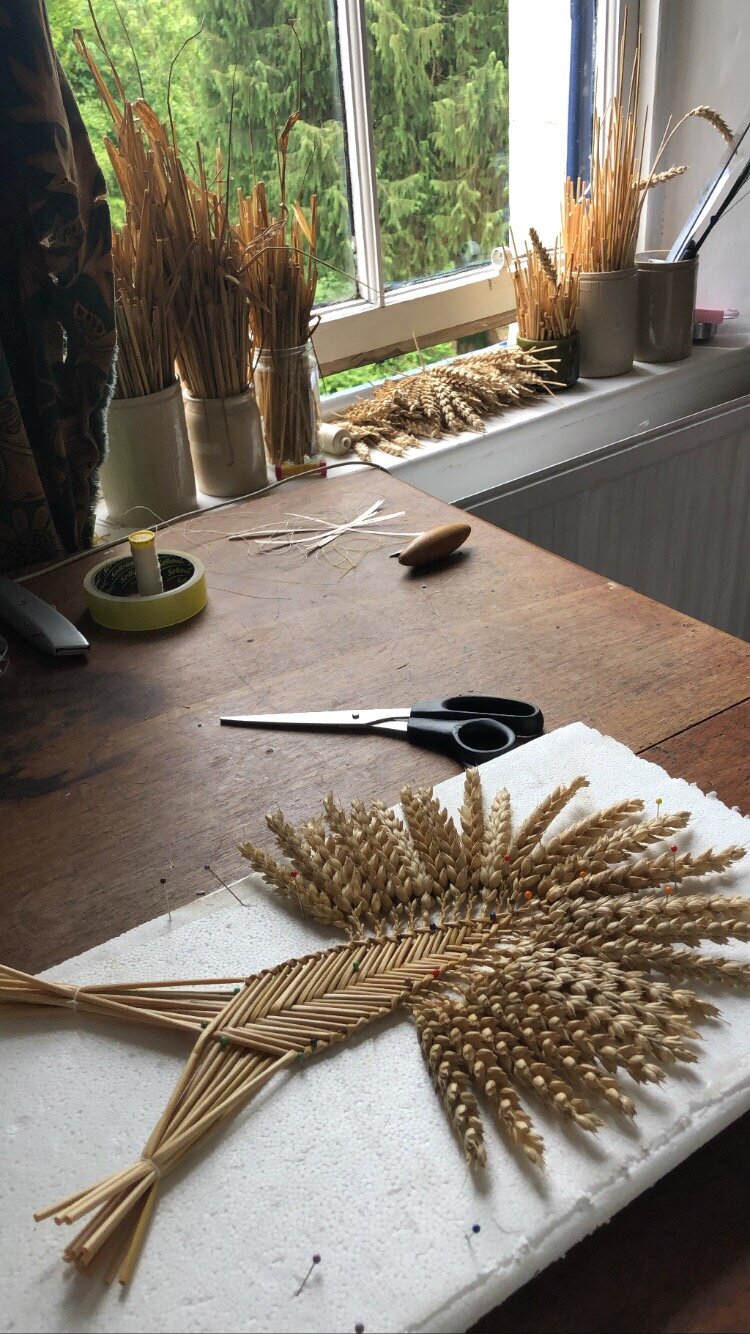Estella Castle, and Why Artist Residencies Shouldn’t Be About The Artist
An Arts Council England grant of nearly £50,000 can be game changing if wisely invested. After securing this prize for their upcoming 'Egham Visions: Changes in Time and Perception', Egham Museum have chosen to spend it on New Zealand born artist Estella Castle, who will be guiding the project as their first ever artist in residence. The museum relies on donations and a handful of part-time staff, and boasting only a modest local collection; Estella's arrival marks a watershed moment in it's development. Could a non-local artist threaten to turn the museum's focus away from the local community which has always supported it? I spoke to Estella to find out how she felt about representing the community.
John Hassell Watercolours
'Artist residencies can be very positive for small museums' Estella explained, 'because when you have a resident artist interpreting a collection with a fresh perspective it draws larger audiences and help build pride of place’. The collection she refers to are Egham Museum's John Hassell watercolours, in which the famous painter depicts scenes from 19th Century Runnymede, and which 'Egham Visions' takes as its starting point. Through research, workshops, heritage crafts and a performance, Estella and the Museum team will be uncovering hidden stories behind these paintings and giving those forgotten histories a stage. It is a project which Estella herself described as 'rooted in local knowledge'; having only recently moved from New Zealand, I was curious as to whether she saw herself as an unlikely candidate to helm it. But Estella was confident: 'I really feel embedded in the community' she told me, explaining how producing 'The People's Pageant' for Runnymede National Trust last summer allowed her to build a network of local contacts. As well as 'The People's Pageant' Estella has also worked with the National Trust in Suffolk when she recreated Constables famous landscape 'The Hay Wain' for the 2016 project 'Ask The Fellows Who Cut That Hay'. Indeed, her experience marrying local history, performance art, and rural communities makes her well prepared to tackle Egham Museum's latest project, and explains why curator Sarah Corn approached her to apply.
John Hassell Watercolours
As for what her role in the project will be, it's clear Estella is isn't looking to take centre stage. Egham Visions isn't going to be a 'vanity project' she assured me, criticising what she describes ‘normally happens with artist residences, where they parachute in and make the work then leave'. Eager to distance herself from this traditional model, Estella explained enthusiastically ‘I am not here to illustrate an idea, but to listen to people so their input becomes part of the final work’. She went on to describe how ‘the project will be workshop-led so local residents feel they have ownership of it’ and cited their main aim as ‘getting new people interested in local histories’. Indeed, this inclusive mission statement is one the projects partnership with accessibility charity VocalEyes can testify to.
Workshops
Estella's approach to the John Hassell watercolours around which 'Egham Visions' revolves belies a similiar fascination with local people. She described the pictures as 'not particularly interesting in themselves, but very interesting as a jumping off point to explore names and stories' . 'I also like how empty and devoid of people they are' she continued, before excitedly describing how the project will work in part to repopulate these 'empty spaces'. It is clear that the human aspect of 'Egham Visions' is where Estella's real passions lie.
Perhaps most important was how strongly Estella's focus on people and community came across when I asked her about Covid-19. ‘Coronavirus has highlighted how much art helps people through hard times’ she said; ‘it won’t impact the project too much, but it will push us to make content accessible digitally, and to make sure what we do make is enjoyable and fulfills people's wellbeing’. Such concern for catering to the community's changing needs bodes well for Estella’s residency at Egham Museum, a place which she herself described as having community ‘at its heart’.
To get involved with Egham Museum or learn more about the Egham Visions project, visit the museum website at www.eghammuseum.org.
Written by Carina Murphy





